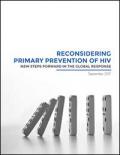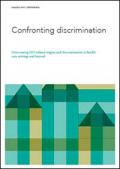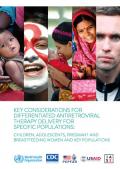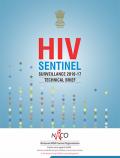Publications on People Living With HIV (PLHIV)

Resource | Tools,
The manual was developed to provide planners and managers working with HIV men who have sex with men (MSM) programme prevention and support services with the necessary information to develop sympathetic, evidence-based and comprehensive HIV prevention and support services for MSM in the Middle East and North Africa (MENA) region. The resource is useful to both experienced programme implementers as well as those who are beginning to plan new HIV prevention and care services for MSM.

Resource | Publications,
Propelled by the introduction of powerful and life-saving antiretroviral medications, the increasingly bio-medicalized global HIV response challenges us to rigorously reimagine prevention. While this is a welcome development in the global response to HIV, access to medical interventions is hampered by the costs of medicines, healthcare, testing and monitoring, and the politics of funding.

Resource | Tools,
Positive Protection is a training manual to empower civil society organizations to protect the rights of women affected by HIV at health care settings in Nepal. It was developed by the United Nations Development Programme (UNDP), the Asia Pacific Network of People living with HIV (APN+) and the National Federation of Women Living with HIV and AIDS in Nepal, in partnership with UNAIDS.

Resource | Publications,
The assessment consisted of a descriptive cross-sectional study to assess stigma level (quantitative part), in-depth interviews to describe views from people living with HIV who are in positive networks (qualitative part), and a desk review to identify the supportive legal and policy frameworks and other available services for people living with HIV.











